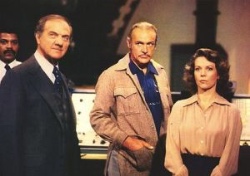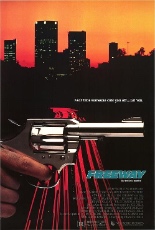
 In Steve Martin’s seriocomic L.A. Story, there exists a once-buzzy scene played for laughs that may leave today’s young viewer wondering what the big deal was: various Angelenos exchanging gunfire as they drove down the highway. See, kids, in the late 1980s, long before our nation found the courage to kill our co-workers at the office like we do today, we shot people anonymously, from car to car.
In Steve Martin’s seriocomic L.A. Story, there exists a once-buzzy scene played for laughs that may leave today’s young viewer wondering what the big deal was: various Angelenos exchanging gunfire as they drove down the highway. See, kids, in the late 1980s, long before our nation found the courage to kill our co-workers at the office like we do today, we shot people anonymously, from car to car.
Guess you had to be there.
In terms of timeliness, filmmaker Francis Delia was there, with Freeway, the kind of quick and cheap newsploitation thriller studios no longer bother to make.
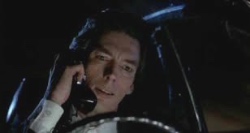 Darlanne Fluegel (To Live and Die in L.A.) is the morose Sunny, still an emotional wreck after witnessing her himbo physician hub fatally take a bullet to the skull from a passing motorist one night. With the killer still at large and aggressively active, Sunny feels the police detective assigned to the case (Michael Callan, Leprechaun 3) isn’t doing enough to put an end to the maniac’s four-wheeled reign of terror. For Chrissake, the fully loaded loon even makes a habit of spewing Book o’ Revelation babble by calling into a live AM radio show hosted by the not coincidentally named Dr. Lazarus (comedian Richard Belzer, The Groove Tube).
Darlanne Fluegel (To Live and Die in L.A.) is the morose Sunny, still an emotional wreck after witnessing her himbo physician hub fatally take a bullet to the skull from a passing motorist one night. With the killer still at large and aggressively active, Sunny feels the police detective assigned to the case (Michael Callan, Leprechaun 3) isn’t doing enough to put an end to the maniac’s four-wheeled reign of terror. For Chrissake, the fully loaded loon even makes a habit of spewing Book o’ Revelation babble by calling into a live AM radio show hosted by the not coincidentally named Dr. Lazarus (comedian Richard Belzer, The Groove Tube).
Then a director of music videos by Starship and “Weird Al” Yankovic, Delia teases the killer’s identity for much of Freeway’s stretch, but no self-respecting genre junkie drawn to this kind of A/V smack will fall for the use of James Russo (Beverly Hills Cop) as a red herring — not with the sky-high billing of Billy Drago in the credits! Ever since Drago’s evil, pasty-white perf as Frank Nitti in Brian De Palma’s The Untouchables the year prior, the poor guy was typecast as the craziest of crazies — much like Clint Howard (Evilspeak), who cameos as a Yet Another Creepy Guy.
Drago’s typecasting is not without justification; he plays bad very well. Thus, the nasty little thriller works well, too, with a modicum of fuss and one foot on the pedal, headed toward tawdry, thrifty suspense. —Rod Lott

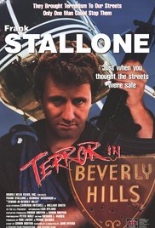
 When terrorists strike L.A.’s posh Rodeo Drive in the Reagan/Bush era, there’s only man to call: Stallone.
When terrorists strike L.A.’s posh Rodeo Drive in the Reagan/Bush era, there’s only man to call: Stallone. 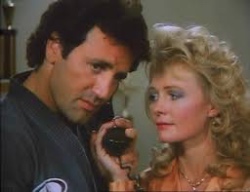
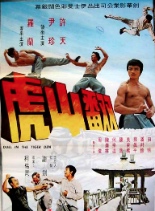
 Sorry, folks, but
Sorry, folks, but 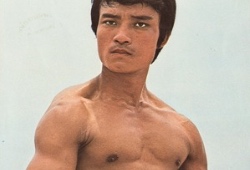
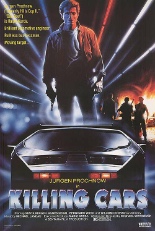
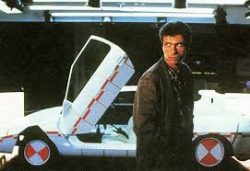
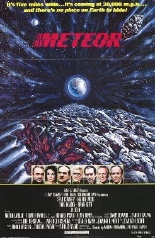
 Remember the late-’90s resurgence of that quintessentially ’70s genre known as the disaster film? Although short-lived, audience enthusiasm for it was so strong that in the summer of 1998, two space-rock epics —
Remember the late-’90s resurgence of that quintessentially ’70s genre known as the disaster film? Although short-lived, audience enthusiasm for it was so strong that in the summer of 1998, two space-rock epics — 